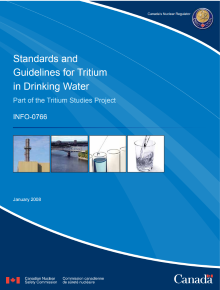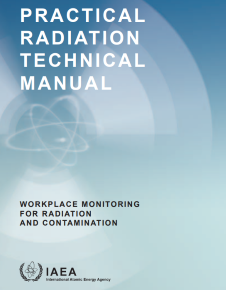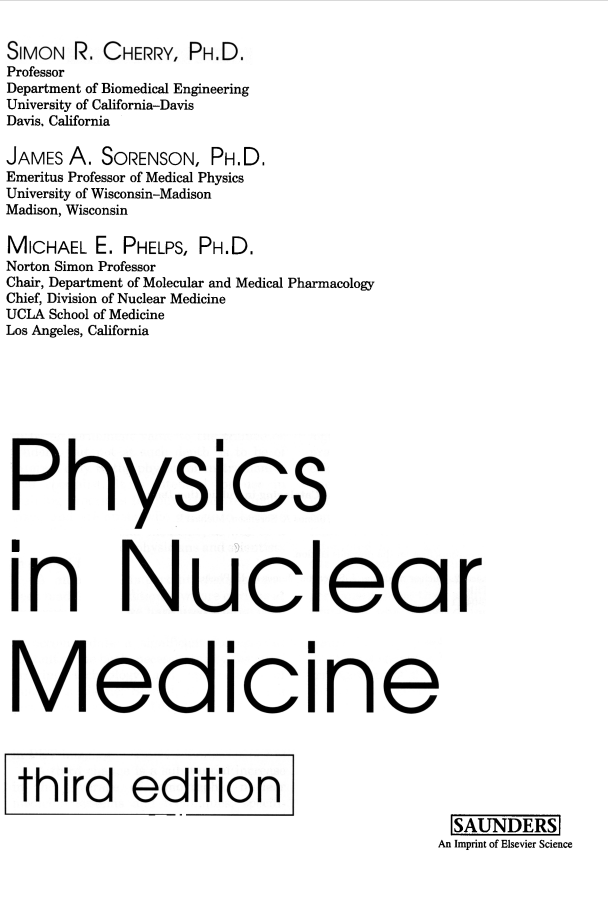Standards and Guidelines for Tritium in Drinking Water
Canadian Nuclear Safety- Standards and Guidelines for Tritium in Drinking Water.
Tritium is a radioactive form of hydrogen with a physical decay half-life of 12.3 years. It
emits very low-energy beta radiation, which is completely absorbed by common materials
such as sheets of plastic, glass or metal, and cannot penetrate the top dead layer of skin in
humans. Exposure can nevertheless pose a risk if the element is ingested in drinking water
or food, or inhaled or absorbed through the skin.
In Canada, the control of tritium releases to the environment is particularly important, since
CANDU reactors produce significantly more tritium than most other types of reactors due to
the use of heavy water (deuterium) in the moderator and heat transport system. Tritium is also
used by a few industries to produce gaseous tritium light sources. Much smaller quantities
are used in research applications, and as a tracer in oil and gas exploration.




